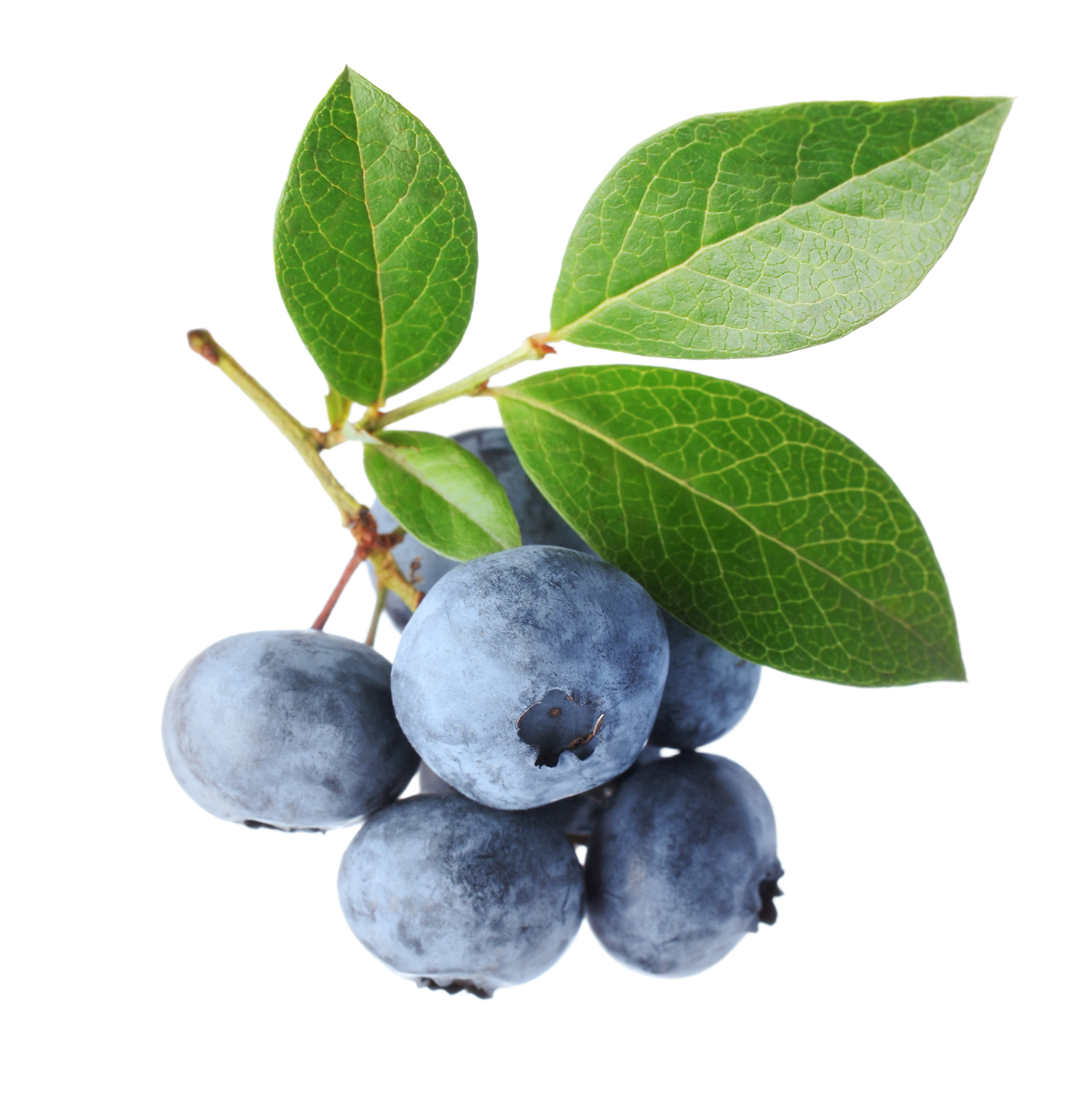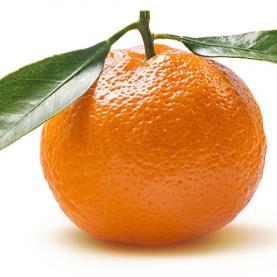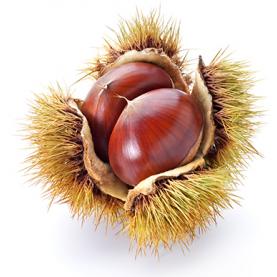Bilberry
Bilberries belong to the 'Ericaceae' family and have been part of the human diet for thousands of years. They spread across the world with the migratory flow of populations who appreciated their flavour, their medicinal properties and their hardiness. Bilberry bushes are grown in the same way as other fruit trees, and their bluish-black coloured berries are used both in the agri-food and pharmaceutical industries.
Natural functional food
Bilberries are now picked in all climates but were originally wild berries native to the northern regions of Europe and the American continent (where they are known as blueberries). Since bilberries could be easily preserved, they proved to be enjoyable food through long winters. During Antiquity, consumption of this fruit changed. Ancient Greeks recognised the medicinal properties of bilberries, hence they evolved to become a therapeutic product. This usage continued through the Middle Ages, when their antibacterial and antidiarrheal properties helped contain dysentery epidemics.
During the 18th and 19th centuries, bilberries regained their place as seasonal fruit in the regular diet.
Alongside blackberries, bilberries remain an important part of the European diet, appreciated both for their taste and their medicinal qualities.
Cultivating the berries
Bilberries still exist in their wild form, but are also grown on a commercial scale as well as in private household gardens.
In their natural state, bilberry bushes develop in sandy and acidic soil, in semi-shady conditions, hence they are often found in forests or on the edge of fields. In order to reproduce these particular conditions, bilberries are grown in shaded fields or in pots, with regular watering to keep the soil moist.
The seeds are sown in nurseries, where the seedlings can develop in optimal conditions. The use of seedlings also simplifies cultivation in pots, and repotting thereby becomes the first stage of bilberry cultivation.
The growth cycle is similar to that of fruit and citrus trees: planting, growth, maturing of the tree, pruning, fructification, renewal of the growth cycle. Pruning is essential, as it helps control the growth of the bush. Without this pruning, the production of berries would diminish over the years.
The ripeness of the berries can be determined by their colour. Bilberries are ripe and ready to be picked when they become a bluish-black colour. They are harvested either mechanically or by hand, with the aid of secateurs and gloves. The berries are then washed and chilled in refrigerated storage. Before being sold, they may be thawed in stages, for transportation or direct sale.
A shrub with pinkish flowers
A bilberry bush is a shrub which grows up to 50 to 60 centimetres in height, with numerous stems which multiply through ramification. Its foliage is found on the upper branches, where pinkish flowers produce the fleshy bluish-black berry. In addition to the common bilberry, more than 400 varieties are found all around the world.
While bilberries are often eaten raw, they are also made into jams, sauces and medicines, making the most of their many natural qualities.
Bilberry or blueberry?
Bilberry and blueberry are in fact two different names for the same type of berry in the Ericaceae family. Commercially cultivated berries are generally the fruit of a cross with Vaccinium corymbosum, the north American species of bleuet or blueberry.
http://www.news.admin.ch/NSBSubscriber/message/attachments/36679.pdf consulté le 10 septembre 2015
ANCAY, André, BAROFFIO, Catherine. La culture de la myrtille en Suisse, Station de recherche, Agroscope Changins-Wädenswil ACW, Revue suisse Viticulture, Arboriculture, Horticulture I, Vol. 42 (4) : I-XI, 2010
POLESE, Jean-Marie, 2005. La culture des fruits rouges. Les clefs du jardinage, Paris : Éditions Artémis. ISBN 9782844163356
TONELLI, Nicole, GALLOUIN, François, 2013. Des Fruits et des graines comestibles du monde entier, Paris : Lavoisier. ISBN 9782743014810
VAUTHIER, Bernard, 2011. Le patrimoine fruitier de Suisse romande : fruits d’aujourd’hui et pomologie ancienne, Lausanne : La Bibliothèque des arts.









